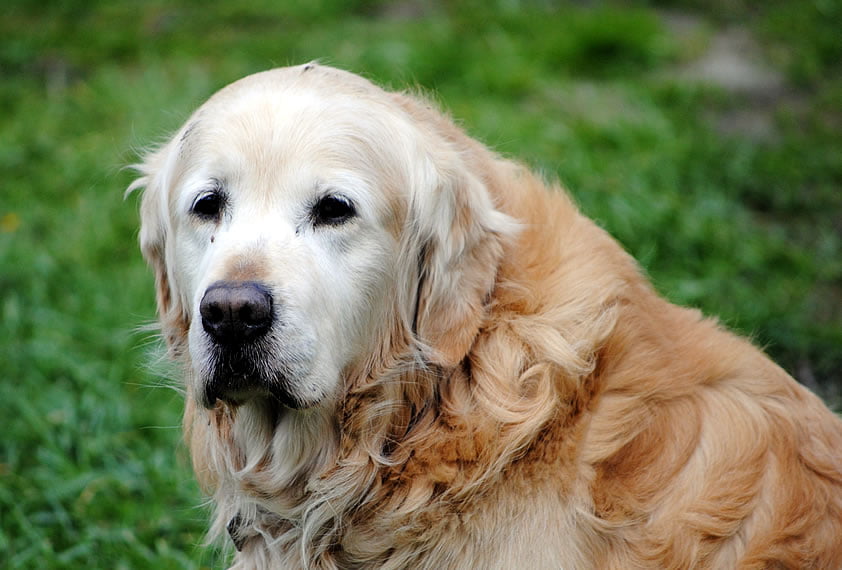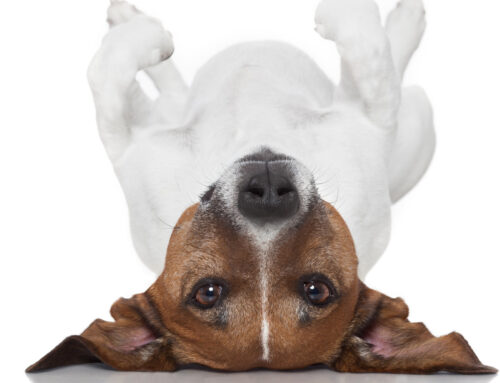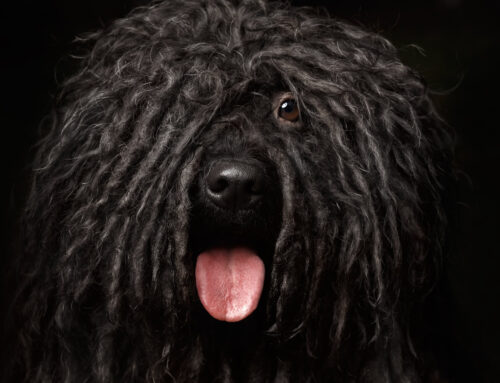Aging, is not an illness, it’s a fact of life.. With age, a dog’s body simply does not work as well as it once did. Just like us, older dogs get both wiser and sillier in that they know many tricks to get what they want, but still thing they ncan do what they used to and may overdo it.
When is a dog old?
Disease control, good nutrition, and successful veterinary intervention mean that dogs are living longer now than ever before. Fully one third of the dogs seen by vets can be considered “geriatrics”. Lifespans vary considerably from breed to breed, however, and what is old in one breed is not necessarily old in another. Certain breeds have a shorter than average life expectancy because they are prone to inherited disorders: the Doberman, for example, has a much lower average life span than a Miniature Poodle, because the breed is prone to kidney failure and heart disease. Mixed breeds, and smaller dogs in general, tend to live longer than many larger pure-bred dogs.
Preventative checkups
With any age-related condition, the earlier a problem is diagnosed, the easier and cheaper it will be to treat. For this reason, yearly or even twice yearly health examinations are vital for an older dog. At some time between six and ten years of age, depending on your breed of dog, you should also arrange for a full “senior citizen” preventative health checkup.
Common age-reiated probierris
Old age brings with it a variety of medical conditions, most of which have already been described on the preceding pages, but some of which are specifically related to aging. Many of these are caused by a drop in the efficiency with which the dog’s cells and tissues can repair themselves.
- Diminished sight and hearing: every dog over nine years old develops sclerosis – an affected dog sees movement, especially at a distance, but has poor vision at close range;
- Behaviour changes: senile dementia and other, less dramatic, behavioural changes typify old age. Older dogs sleep more and take more time to remember who, what, and where, when they wake up. They hate changes in routine. Age-related deterioration of the senses and behaviour can be slowed down by creating new, attractive mental activities for your dog.
- Doggy smell: older dogs groom themselves less than young dogs. This is because they are not as supple and find grooming more difficult, and perhaps also because they simply can’t be bothered. They therefore need more frequent attention from you.
- Bad breath: gum infections and associated bad breath will eventually occur in almost every dog, but toy breeds are particularly affected. With serious infection, there is an associated risk that bacteria will enter the bloodstream. Minimize problems through routine dental hygiene: brush your older dog’s teeth and gums regularly , and give it rock-hard biscuits or enzyme-treated rawhide to chew.
- Constipation and gas: older dogs are more likely to become constipated and pass more wind. They benefit from changes to their diet: a balanced fibre diet that promotes the growth of beneficial non-gas-forming bacteria will help. Ensure your dog exercises and drinks plenty of water.
- Painful joints: the incidence of painful degenerative joint disease (DJD) increases with time ). Medication will help, but weight reduction and routine exercise are vital.
- Lack of strength: many natural changes associated with aging mean that less nourishment reaches the muscles, making dogs more lethargic and easily tired. These effects can be offset by feeding a highly digestible diet with added vitamins and antioxidants. Talk to your vet about medicines that increase oxygen in the bloodstream.
- Incontinence: urinary incontinence occurs in aging males but more often in older females (see also p.263). Your vet can prescribe medication that increases sphincter muscle tone or overcomes hormonal imbalance.



Leave A Comment